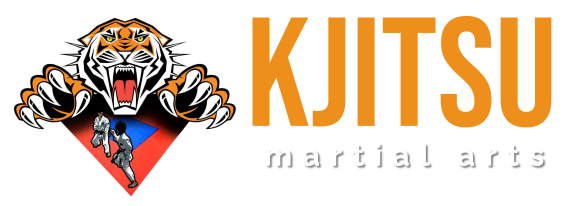What is Kata Bunkai?
Kata Bunkai (分解) translates to “analysis” or “disassembly” in Japanese. It is the process of breaking down the movements of a kata to understand their practical applications in self-defense or combat. While kata is often practiced as a sequence of pre-arranged movements, bunkai reveals the hidden techniques and principles behind each motion.
Why is Bunkai Important?
- Practical Application:
Bunkai transforms kata from a performance art into a functional self-defense system. It teaches how to apply techniques in real-life scenarios. - Deepens Understanding:
By analyzing kata, practitioners gain a deeper understanding of the purpose behind each movement, improving their overall martial arts skills. - Enhances Creativity:
Bunkai encourages practitioners to explore multiple interpretations of kata movements, fostering creativity and adaptability.
How to Practice Bunkai:
- Study the Kata:
Master the kata’s form and sequence before attempting to analyze its applications. - Break It Down:
Focus on individual movements or small sections of the kata to explore their potential uses. - Partner Drills:
Practice applications with a partner to test the effectiveness of each technique. - Seek Guidance:
Work with a knowledgeable instructor to ensure correct interpretation and application.
Examples of Bunkai:
- Blocking Movements:
A block in kata might be interpreted as a strike, joint lock, or throw in bunkai. - Stances and Transitions:
Footwork and stances can be used to off-balance an opponent or evade attacks. - Hidden Techniques:
Subtle movements, such as hand shifts or body turns, may conceal strikes, grabs, or counters.
Tips for Effective Bunkai Practice:
- Think Beyond the Obvious:
Not every movement is a direct block or strike. Consider feints, traps, and setups. - Adapt to Real Situations:
Modify techniques to suit different body types, attack angles, and scenarios. - Stay Open-Minded:
There is no single “correct” interpretation of bunkai. Explore multiple possibilities.
Conclusion:
Kata Bunkai is the bridge between traditional kata practice and practical self-defense. By delving into the applications of each movement, martial artists can unlock the true potential of their training and develop a deeper appreciation for the art of karate.
